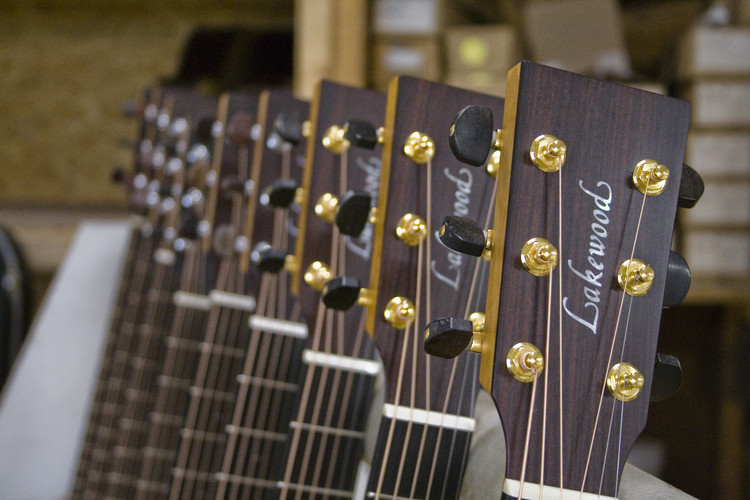
In the middle of Europe, Martin Seeliger has been building acoustic guitars for 30 years now. The success of the Lakewood factory proves that with good old craft, transported to the modern era, you can build a global brand. See how EGGER interprets craftsmanship with their handcrafted style in their forthcoming decorative collection.
On average about 5 guitars leave the Lakewood manufacturing plant in Giessen (DE) a day and make their way to music shops around the world. Trend: a steady rise. "We drive cautious growth because there is a certain compromise we never want to make: the quality of the instruments and the materials that we use," says founder Martin Seeliger.
In 1986 Martin Seeliger, then 28 years old and a freshly qualified luthier, let his finger circle on a USA map. He needed a catchy name for his instruments: acoustic guitars, as heard in pop songs from the Beatles to Cat Stevens to Bruce Springsteen. At the time they were mostly built by the big American players such as Martin or Gibson. But what do you name a company from tranquil Giessen who is trying to enter an American-dominated market? Seeliger's finger carried on circling until it came to rest on the name of a small town on Lake Erie: Lakewood.


